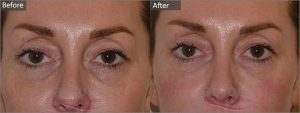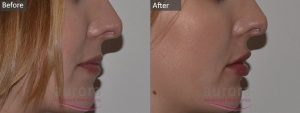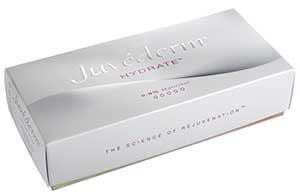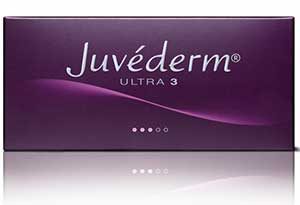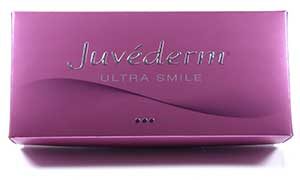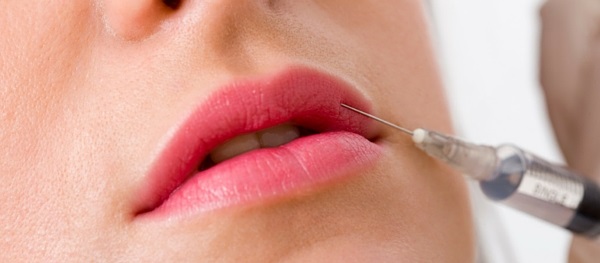New aesthetics practitioners, it is time to get your lips in line. Lip augmentation is a popular procedure that can help patients achieve their aesthetic goals and boost self-confidence. However, as an aesthetic practitioner, you have a responsibility to ensure that your patients are getting the safest and most natural results possible. In this article, we will discuss everything you need to know about lip fillers—including how they work and what factors influence their effectiveness—as well as some lip filler tips for performing the procedure safely and effectively.
Start with small volumes and build up.
One of the first lessons you will learn as a practitioner is to start with small volumes and build up. This is because smaller volumes are easier to control, as well as heal better and faster. They are also less likely to lead to complications like excess bruising, swelling, or infection.
So how much filler should you inject? It depends on your client’s desired results and the area being treated. As a rule of thumb:
For lip augmentation (making lips look bigger), it is recommended that practitioners start at 0.3ml per side (thus injecting 0.6ml total for each pair of lips). If you are working on just one side of the mouth, this would equal 0.6ml total per lip; if both sides are treated at once using this technique (recommended for beginners), then total volume used should be 1ml. It is important to take into consideration that each patient is different and to treat each patient individually.
Be more conservative in the lower lip.
The lower lip is more sensitive, prone to swelling and bruising, and has more blood vessels which may bleed after injections. For this reason, it is important to be more conservative when treating the lower lip.
To ensure that you do not overfill your client’s lips, inject just enough filler so that you can see a difference in volume. If you inject too much filler into the lips, then your client may experience discomfort or swelling after treatment. Additionally, if an excessive amount of product is injected into their lips, they may need additional treatments for them to achieve their desired look.
Although the upper and lower lips can be treated with one syringe of dermal filler such as Juvéderm, there are some differences between how each should be treated.
Take a conservative approach to lips, as they tend to heal better than other areas.
Lip augmentation is an easy and popular procedure, but it is important to remember that the lips are more delicate than other areas of the body. They are also more likely to swell, bruise and scar. Remember that when you decide on your initial treatment plan for a patient; keep in mind that as a new practitioner you might not want to take risks with your first few patients’ lips.
As a rule, we recommend using very conservative amounts of filler in lip augmentations because this yields better results with fewer complications and less risk of complications later (particularly when using hyaluronic acid dermal fillers). While some practitioners love using substantial amounts of filler at once (which causes volume), it is important to note that larger volumes can result in more swelling or bruising around the area being treated—and increased risk for long-term deformity or pigmentation changes like hyperpigmentation (which may require laser treatments).
Pay special attention to your use of cannula and needle in the lips.
At this point, you should have a promising idea of the different tools that you will be using in the lip area. It is now time to explore how to use these tools properly.
The cannula is used for injecting filler into the lips and around them. Its tip is rounded so it can glide over lips without causing any damage or pain upon insertion of filler material into them. The needle is used for injecting filler into specific areas around the mouth.
Make an individualized plan for each patient based on their concerns, goals, and needs.
Your initial consultation should be an interactive process. Talk with the patient about their goals, anatomy, and lifestyle to create a personalized plan for them. Discuss your patient’s budget, comfort level, treatment history, and their desired results.
The key to a successful lip augmentation is being conservative and gentle.
The key to a successful lip augmentation is being conservative and gentle. This means that you should not inject too much filler or go too deep into the skin. If you do this, patients may experience bruising, swelling and/or pain after their treatment.
You should also be careful when using dermal fillers; without the necessary training you run the risk of complications and creating an undesirable look. You do not want your patient’s lips looking too big or swollen because this could cause the patient to be self-conscious about their appearance even after they heal!
As you begin your lip filler practice, remember a few key points. First, start with lesser amounts of filler and build up over time. Second, be more conservative in the lower lip. Thirdly pay special attention to your use of cannula and needle in the lips as these instruments can cause irritation if used inappropriately or excessively. Finally make an individualised plan for each patient based on their concerns goals needs etc. These Lip Filler tips will help ensure that everyone gets the results they want!
Next Steps
The Introduction to Lip Filler Training Course is the ideal next step to further your skills and to kick start your career into lip augmentation. You will learn practical techniques from our expert trainers. Their hands on approach will leave you feeling confident in lip fillers, giving you the knowledge and practical hands on experience to start treating your own patients successfully. This course provides a great pathway course from our Foundation Botox and Dermal Filler Course to Masterclass Lip Filler Training Course.

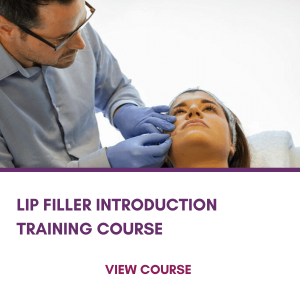
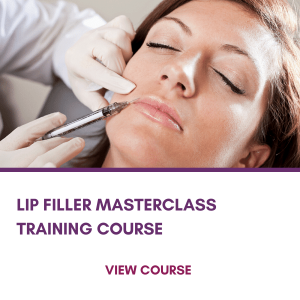




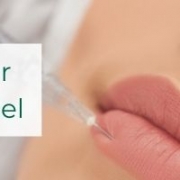
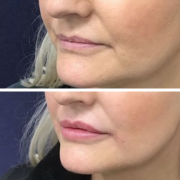
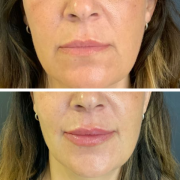

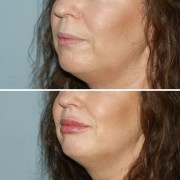
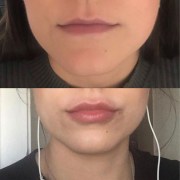
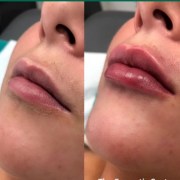
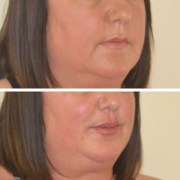
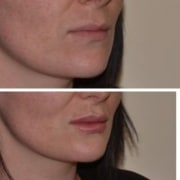




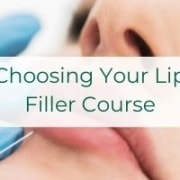


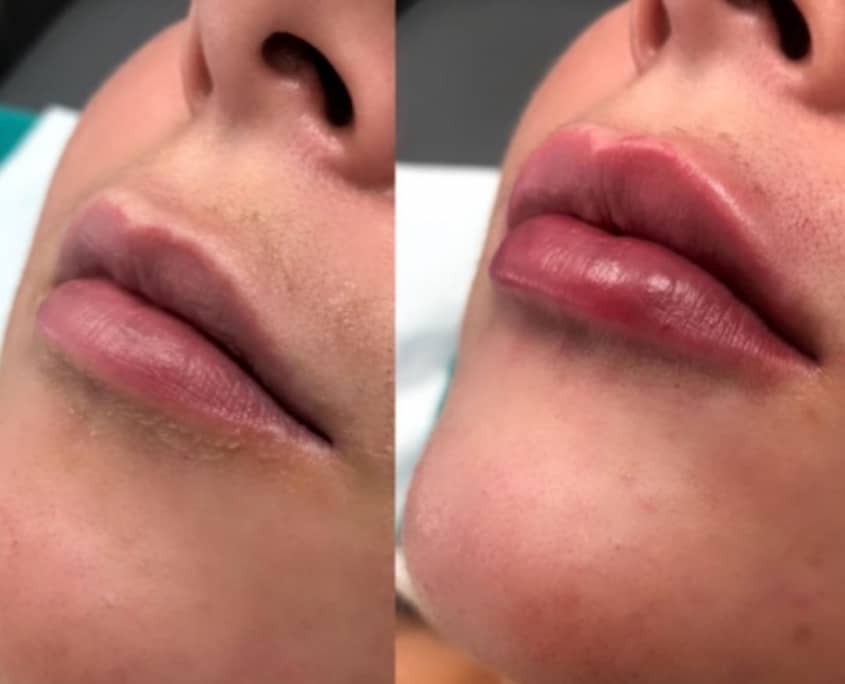
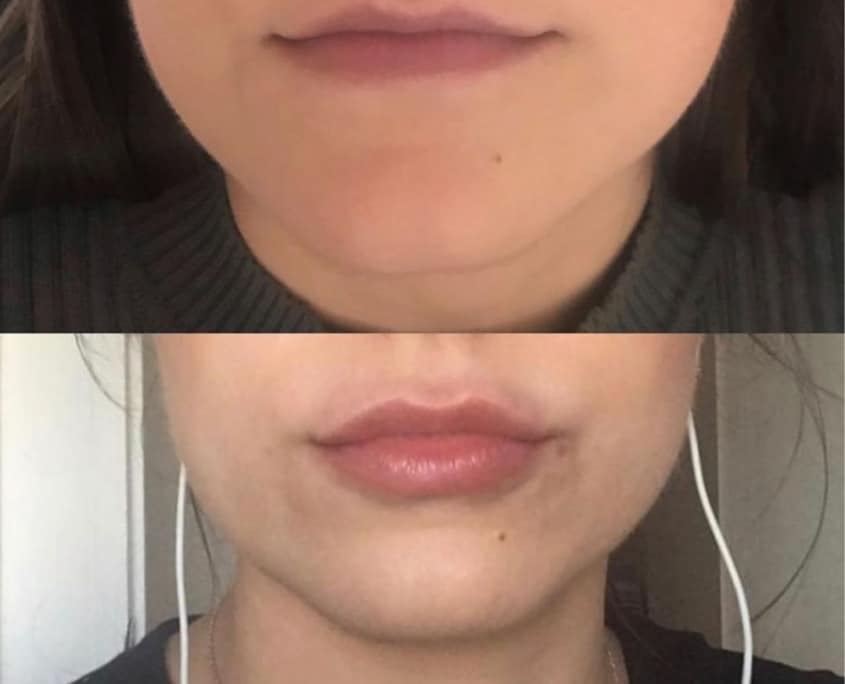
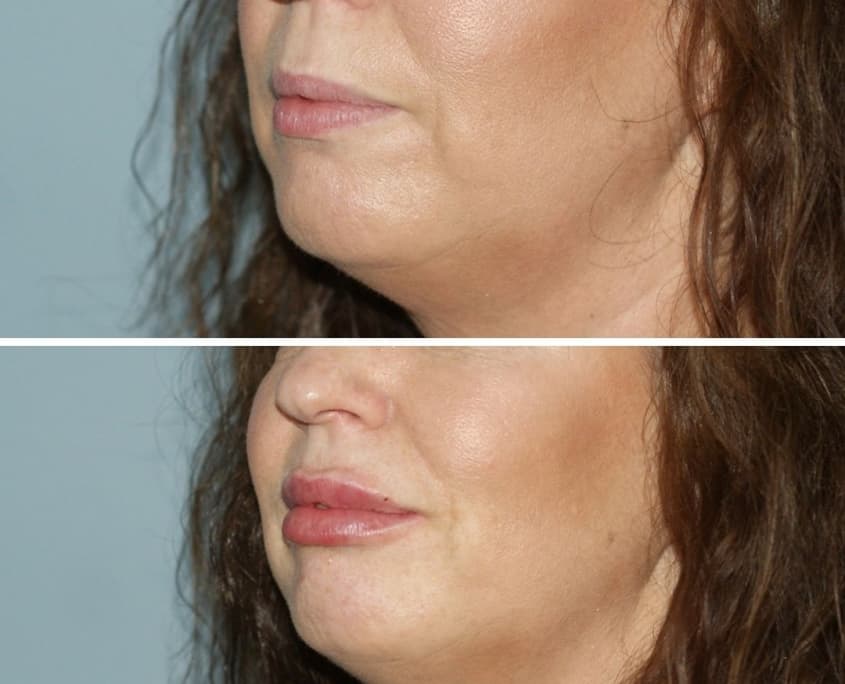







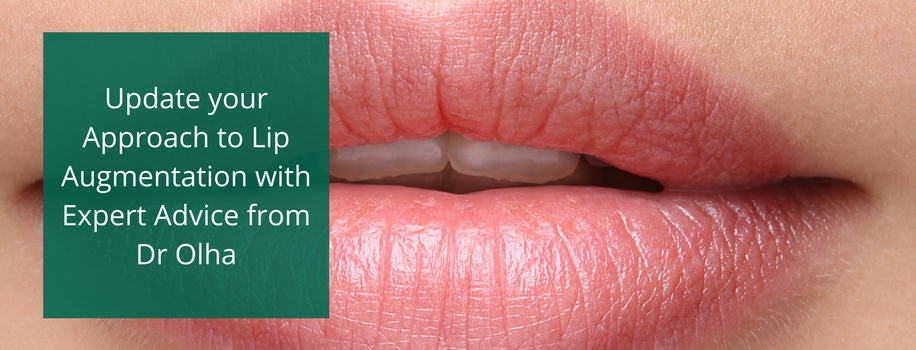
 Aesthetic Dentist at Shine Medical and one of our expert trainers on our lip masterclass Dr Olha Vorodyukhina offers her advice on why lip fillers are essential for any cosmetic practice and how to safely deliver this treatment to your clients.
Aesthetic Dentist at Shine Medical and one of our expert trainers on our lip masterclass Dr Olha Vorodyukhina offers her advice on why lip fillers are essential for any cosmetic practice and how to safely deliver this treatment to your clients.

